Dam removals expected to restore salmon habitat originally altered more than 100 years ago
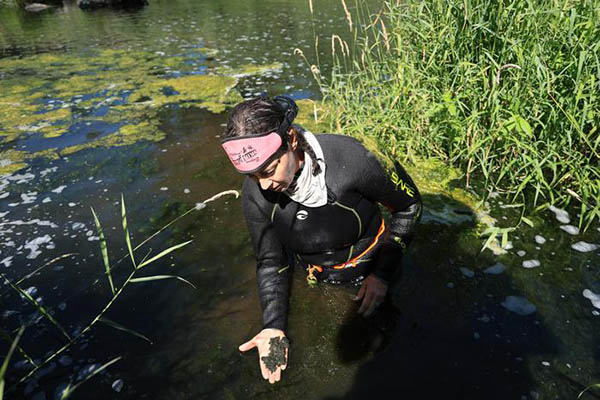
The world’s largest dam removal and restoration project currently underway on the Klamath River in Oregon and California will aid salmon populations that have been devastated by disease and other factors. However, it will not fully alleviate challenges faced by the species, a team of researchers concluded in a new study.
“The dam removals will likely go a long way towards restoring balance in the river,” said Sascha Hallett, a fish parasitologist at Oregon State University who has studied the river for two decades. “Certainly under certain circumstances, there are going to be disease outbreaks, like with people and pathogens. But we envision that they are not going to be as large and not going to be as frequent as we have observed in the past.”
Michael Belchik, a fisheries biologist with the Yurok Tribe in California and co-author of the paper, said there will be noticeable gains for fish shortly after the dams are removed.
“I think you are going to see fish accessing new habitat right away, and that is going to be a cause for celebration,” said Belchik, who has worked for the Tribe since 1995.
In the study, a team of researchers from Oregon State, Tribes in Oregon and California and state and federal agencies outlined their predictions for salmon disease risk in the Klamath River following the removal of four hydroelectric dams. They also provide post-dam removal research and monitoring recommendations and insights to aid habitat restoration efforts.
One of the four dams was removed earlier this year, and the other three are slated to be taken down in early 2024. Removal of the dams will result in restoration of habitat altered more than 100 years ago with the construction of the first dam.
The Klamath River runs more than 250 miles from Oregon’s high desert interior through the Cascade Mountains before entering the Pacific Ocean in northern California. It has broad ecological, cultural, recreational and economic relevance. The river was once the third-largest salmon-producing river on the West Coast. Those salmon served as the foundation of life and culture for Tribes living along the river.
Construction of the dams in the early-to-mid-20th century blocked access for salmon and other fish species to hundreds of miles of habitat and created barriers that led to increases in pathogens deadly to the fish.
Can dam removal actually restore fish populations in U.S. rivers?
This dynamic received widespread attention in 2002 when there was a die-off of tens of thousands of chinook salmon in the Klamath River. Shortly after this event, Jerri Bartholomew, an Oregon State microbiologist who works with Hallett, started studying the Klamath River salmon.
Salmon health is impacted by many factors, including stream flow levels, water temperature and pathogens. Barthlomew and her colleagues focus on pathogens.
They have spent the past 20 years unraveling how a parasite known as Ceratonova shasta works in conjunction with an aquatic worm host, Manayunkia occidentalis, which is smaller than an eyelash, to create conditions in the Klamath River that are deadly to salmon.
The researchers conclude that increased habitat availability and longer fish migration routes created by dam removals will increase the duration of pathogen exposure. However, restoration of the river’s natural flow will decrease fish disease risk by essentially flushing out the pathogens and unclogging a pathogen hot spot that has formed below the Iron Gate Dam, about five miles south of the California-Oregon border just east of Interstate 5. The dam is slated for removal in early 2024.
“There’s no question in my mind just the removal of these four dams will go a long way to knocking back that current infection zone by shifting things in terms of time and space where the hosts and parasites overlap,” said Julie Alexander, an aquatic ecologist who works with Hallett and Barthlomew.
She also cautioned that restoration efforts that will occur after dam removal need to be conducted thoughtfully.
“You don’t want to go and restore a section of river to encourage salmon to spawn somewhere we know there are worms because then you are going to create a hot spot,” Alexander said.
In addition to co-authors from the Yurok Tribe, authors of the paper include scientists at the Hoopa, Klamath and Karuk Tribes, Oregon Department of Fish and Wildlife, U.S. Fish and Wildlife Service and the National Oceanic and Atmospheric Administration. The ongoing research by Oregon State and its partners has been supported by the U.S. Bureau of Reclamation. That includes a $4.5 million award earlier this year.
Now that you've reached the end of the article ...
… please consider supporting GSA’s mission to advance responsible seafood practices through education, advocacy and third-party assurances. The Advocate aims to document the evolution of responsible seafood practices and share the expansive knowledge of our vast network of contributors.
By becoming a Global Seafood Alliance member, you’re ensuring that all of the pre-competitive work we do through member benefits, resources and events can continue. Individual membership costs just $50 a year.
Not a GSA member? Join us.
Author
Tagged With
Related Posts
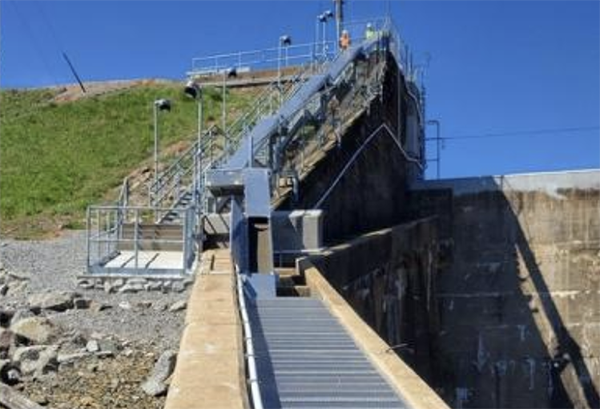
Responsibility
Make way for eels: New fish passage restores access to 1,000 miles of previously blocked North Carolina habitat
New fish passage facilities along hydropower dams allow American eel and other fish to access previously blocked upstream habitats.
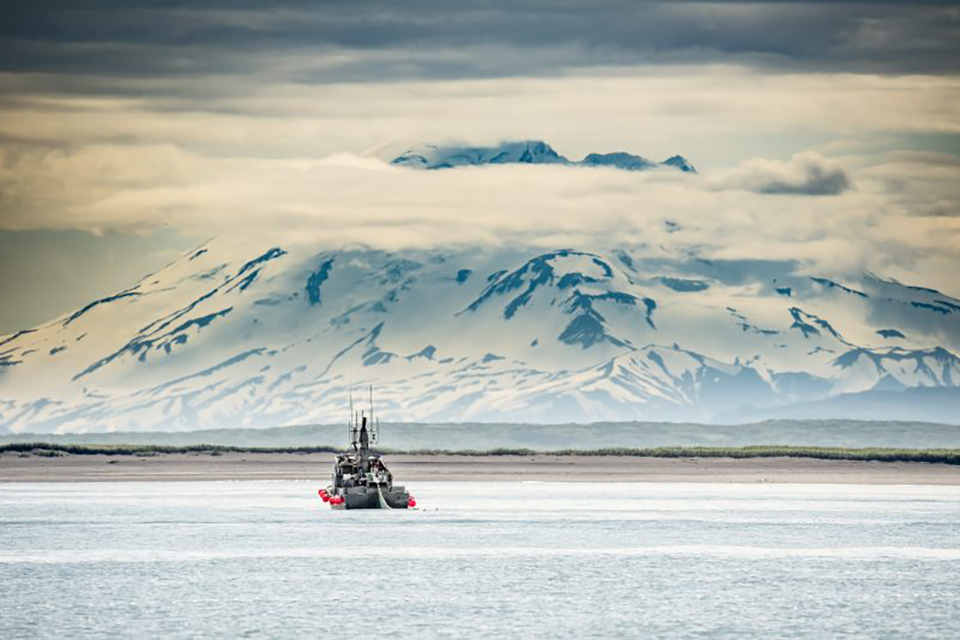
Fisheries
Even with Pebble Mine dead in the water, mining-fishing collisions may be inevitable
Mining can degrade water quality and impact fisheries, but some consider the Pebble Mine in Alaska as necessary for the metals for green tech.
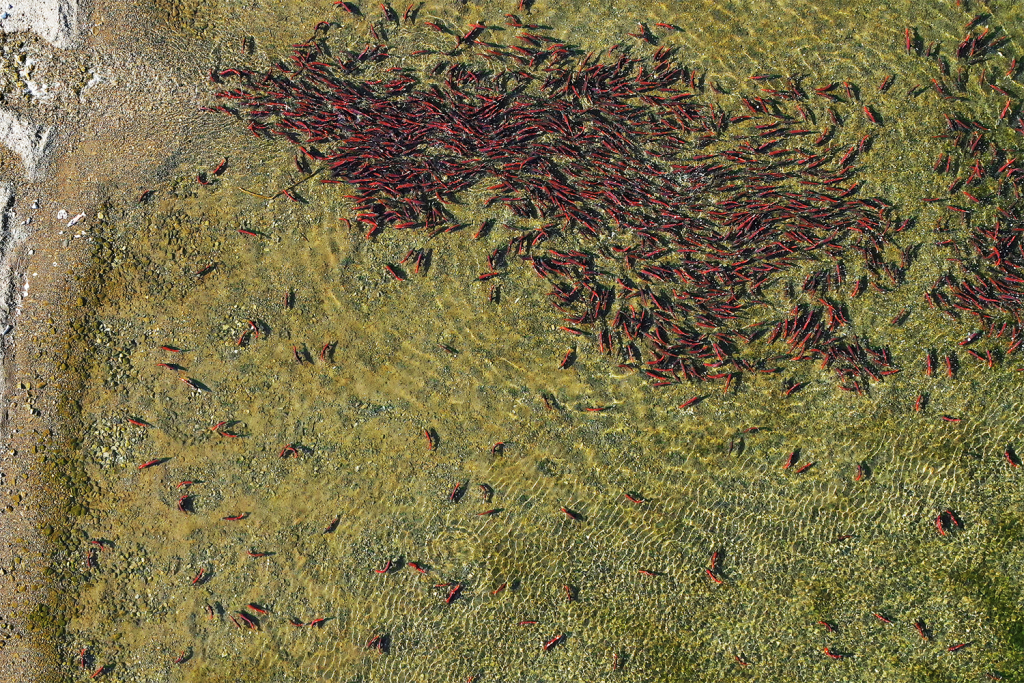
Fisheries
As Yukon Chinook salmon populations decline, researchers turn to technology for answers
Using drones, researchers seek to better understand where, along an almost 2,000-mile migratory route, things go wrong for Chinook salmon.
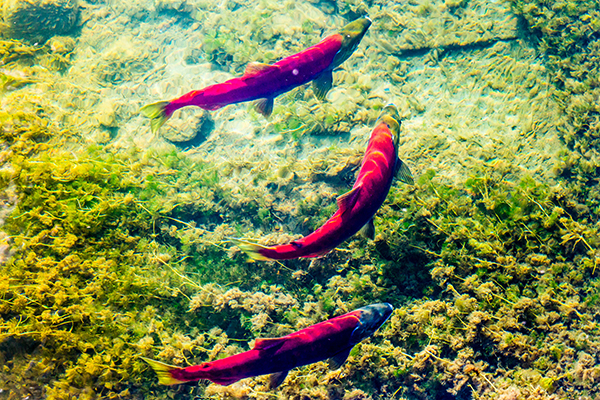
Fisheries
Mining poses greater threats to salmon than impact assessments show, scientists say
A new study shows that impact assessments don’t fully capture the environmental risks of mining to salmonid-bearing watersheds.



